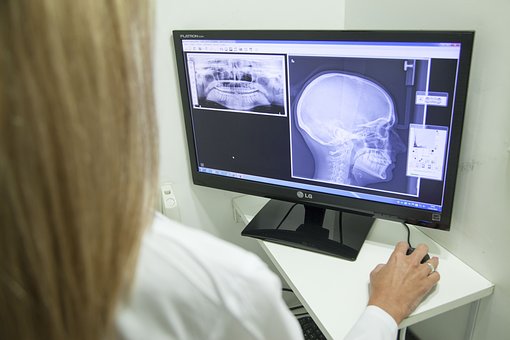Trial Team Shows Reality Of Brain Injury

Part One
Cases involving brain damage are notoriously hard to win, especially when the injuries are caused by a misunderstood toxin like carbon monoxide and are medically classified as mild or moderate. But Baltimore lawyers William “Billy” Murphy, Mary Koch, and Richard Falcon were able to successfully able to convince a jury that carbon monoxide induced brain injuries their clients claimed were as extensive as they claimed. The lawyers used a combo of knowledgeable experts, brain scans, and testimony of their client’s friends and family.
On a busy February night in 2008 several servers and kitchen staff at Ruth’s Chris Steak House adjacent to a hotel in Baltimore started to feel nauseated and developed severe headaches, some had trouble reading order lists correctly or forgot the order altogether. The staff at the restaurant immediately called emergency services. It was found that the carbon monoxide levels in the restaurant were 670 parts per million, 30 parts per million are when evacuation is needed. The building was immediately evacuated. The employees were treated at the scene and 14 were treated at the hospital for carbon monoxide poisoning. Tomorrow’s blog will say what happened to the people as a result of the carbon monoxide poisoning.
Part Two
Follow-up neurological evaluations were done and they showed differing levels of brain damage with injuries ranging from short term memory loss to headaches to depression to personality changes. Murphy is quoted as saying “The effects of carbon monoxide poisoning are horrific and not widely known” “All the public knows about carbon monoxide is that its and odorless gas that can kill you, But short of death or unconsciousness, people don’t realize that it can cause brain damage.”
An inspection of the premises confirmed that it was a carbon monoxide leak in the hotel mechanical room, which shares a wall with the restaurant. The hotel had dismantled the safety interlock system that was supposed to shut down the boilers in the event of mechanical failure. The hotel also failed to fill holes that were drilled in the common wall. The odorless gas had been leaking into the restaurant for weeks but the restaurant did not have any carbon monoxide detectors, so there was nowhere to warn anyone that the gas had intensified on that February day. Read tomorrow’s blog to find out what happens next!
Part Three
On behalf of the 20 workers and three of their spouses, William Murphy and his co-counsel sued the hotel and the lessor of the property. The plaintiffs alleged nuisance along with battery by intentionally disabling the safety interlock system, knowing it would cause a dangerous carbon monoxide leak if the exhaust fan stopped working.
They had evidence to support their allegations but they had the huge obstacle of proving damages for mild to moderate brain damage; mild to moderate is a medical characterization that describes only the type of damage and not its impact on the injured. It is less obvious than severe brain damage but still has devastating effects.

